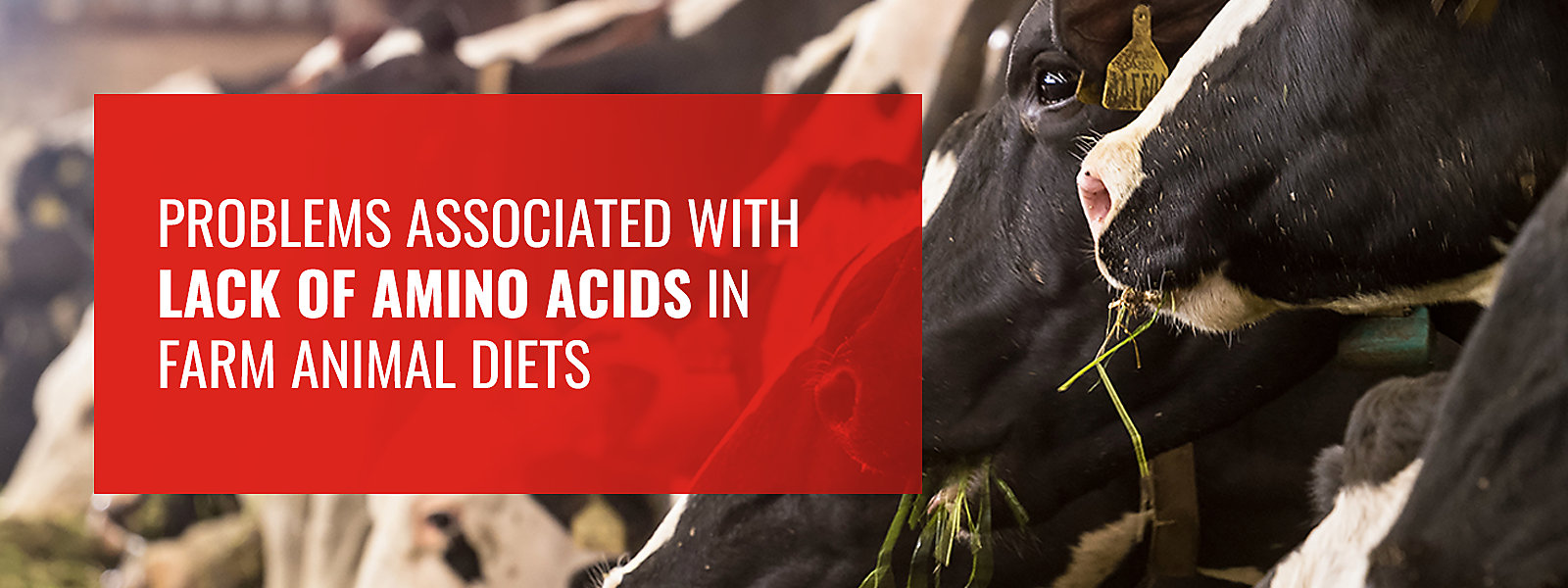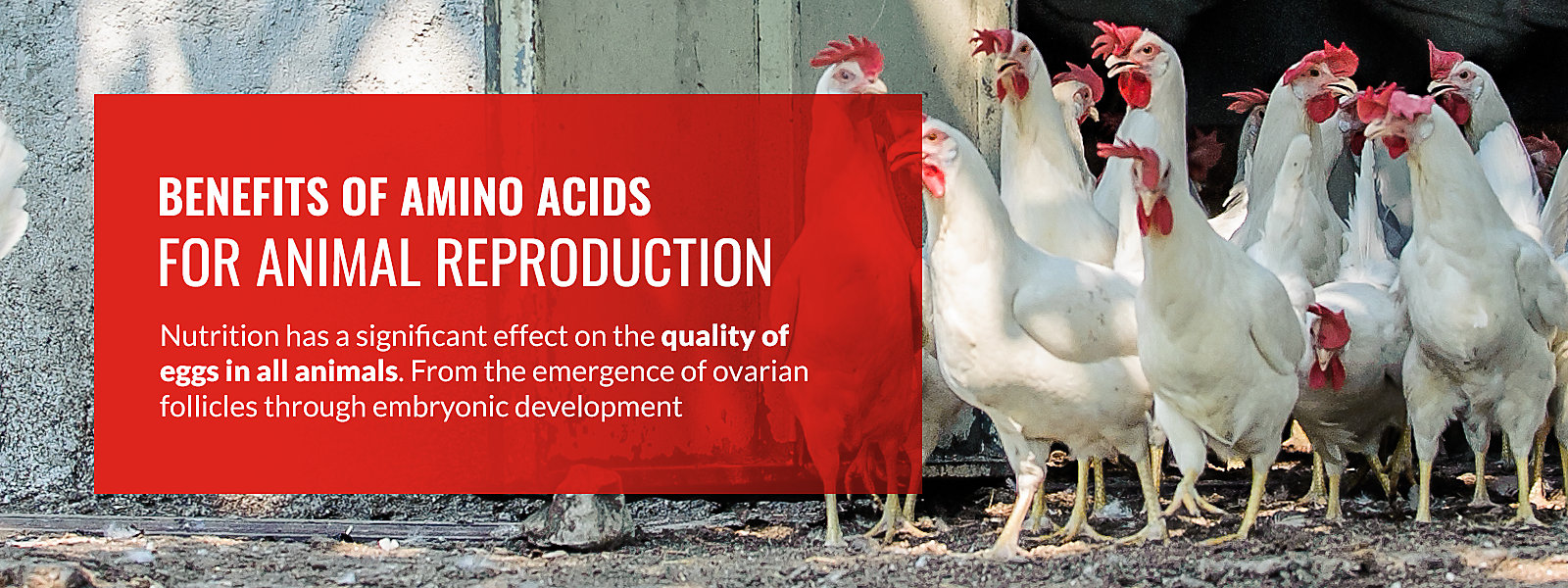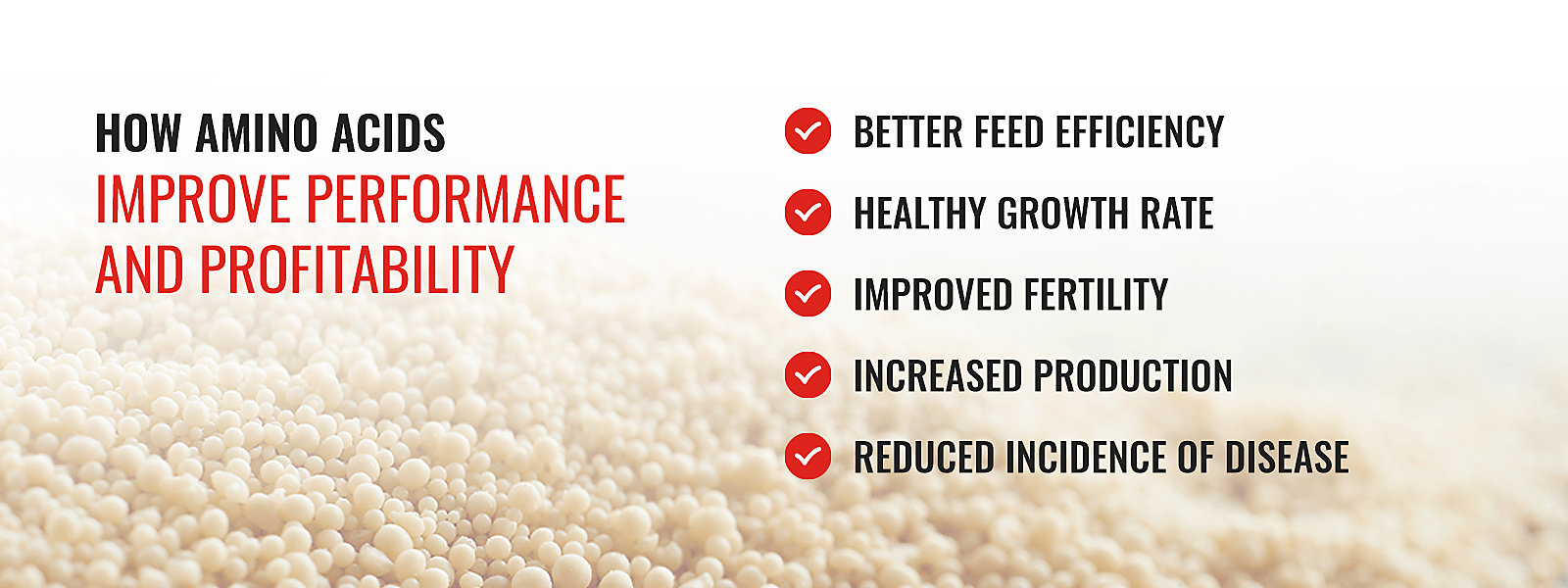Non-essential amino acids: These are amino acids that can be synthesized within the animal’s body, usually from other amino acids or other compounds. They include alanine, aspartic acid, cysteine, cystine, glutamic acid, glycine, hydroxyproline, proline, serine
and
tyrosine.
While "non-essential" amino acids can be synthesized by the animal’s body and do not need to be provided in the diet, they still play important roles in the body. The term “non-essential” does not relate to their biological significance. They have historically been treated as unimportant2 from a dietary standpoint, but recent scientific studies have proved this viewpoint to be false. Despite their name, non-essential amino acids are important for producing proteins that fuel metabolism and digestion, regulate gene expression, signal cells, produce antioxidative responses, manage fertility, support neurotransmission and provide immune responses.
Regardless of whether an amino acid is termed essential or non-essential, animals need sufficient amounts of all amino acids to meet their metabolic needs, whether they need to produce milk, build muscle and tissues or reproduce. Depending on what each animal needs, it may produce different proteins in varying amounts, which may require a different number of specific amino acids. As such, an animal's amino acid intake requirement may change based on its stage of life. For example, a pregnant cow has different amino acid needs compared to a milk-producing cow because the protein quantities they require are slightly different.
The protein-producing potential of an animal is limited by the quantities of amino acids in its body. Since certain proteins require specific amino acids, if the body cannot synthesize enough of a single amino acid or it is not supplied in adequate amount in the diet, it will not be able to produce certain types of proteins required for certain processes. The amino acid in shortest supply is referred to as the "first-limiting" amino acid in the diet. The requirement for certain amino acids will vary depending on the species, gender, diet
and
stage of life of the animal. For example, lysine and methionine are typical first-limiting amino acids in dairy cows.
Identifying this first-limiting amino acid is extremely important for production purposes since animals cannot reach production levels of protein synthesis without sufficient quantities of first-limiting amino acids; no matter how much lysine you feed a dairy cow, if methionine is the first-limiting amino acid, the animal may not synthesize enough proteins to produce the desired quantities of milk. For this reason, providing sufficient amounts of all essential amino acids in the diets of production animals is paramount.
Problems Associated With Lack of Amino Acids in Farm Animal Diets
If an animal is not provided sufficient quantities of certain essential amino acids in its diet, the animal cannot produce enough proteins to support certain metabolic functions. From a production standpoint, failing to provide enough amino acids in an animal's diet will result in reduced overall performance, which can significantly reduce profitability. Here are just a few problems associated with
inadequate
supply of amino acids for livestock:
1. Changes in Intake
One of the first and most important signs of an amino acid imbalance in the feed of a herd is a reduction in feed intake. Although most animals will initially eat more food to try to compensate for the deficiency, after a few days the animals will decrease their food intake substantially. This decrease in intake occurs because amino acid imbalances in food result in reduced hunger in many species. This can contribute to further nutritional deficiencies and subsequently lead to low performance and health problems.
2. Low Body Weight
In both young and adult animals, amino acid deficiencies contribute to low body weight and a general reduction in muscle development. For younger animals, this can have long-lasting effects, including a reduced growth rate, a prolonged time to reach maturity and reduced size at maturity. This low body weight cannot be fixed through force-feeding3. Studies have shown that even when animals are forced to eat sufficient calories if the diet is missing amino acids, the animal will still experience morphological problems and will often continue to lose weight.











